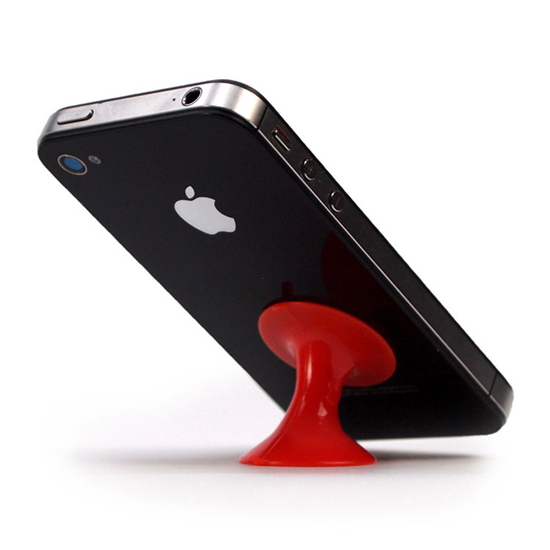Interview: Whipsaw Founder, Designer and CEO, Dan Harden
Exploring the principles and visions that drive this prolific design firm

Despite winning over 290 design awards and filing over 1,000 patents, Whipsaw—a highly acclaimed strategy, industrial design, digital design and engineering consulting firm—doesn’t aspire to be the most celebrated or prosperous company. For Whipsaw, success lies in designing solutions, meaningful experiences and, most of all, a better world. Since its conception in 1999, these ideals have shown through their widespread work, including home-gym machine Tonal, medical product Medostic and swanky home robot Bizzy. At the helm of the company is the equally prolific CEO and founder Dan Harden, who has not only amassed another 300 design awards himself, but who also leads the firm with an innovative and altruistic design philosophy.

This philosophy drove him long before he founded Whipsaw, before he led Frog Design as Vice President, worked with Steve Jobs or George Nelson or sketched with other notable design pioneers. “I always had this dream,” Harden tells us. “I had this very altruistic, lofty vision about what design could do, and a very naive sense when you’re very young, but you can’t lose your passion or your real enthusiasm for what what design can do to influence the world and make the world a better place.”
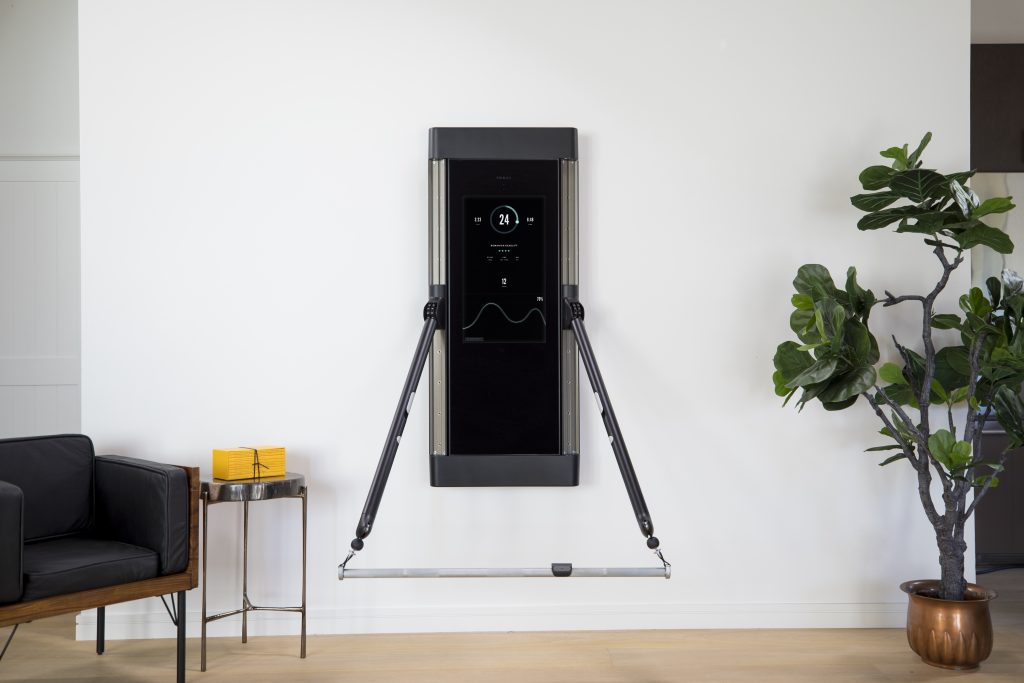
With this ethos as the backbone of his work and company, Harden often considers the intersections and intricacies within a single design. He says, “I like to merge technology, psychology and even art. I’m really intrigued by the nexus points of things and experiences and life. That’s really interesting stuff—when you can take technology and give it that kind of personality or artistic field.”
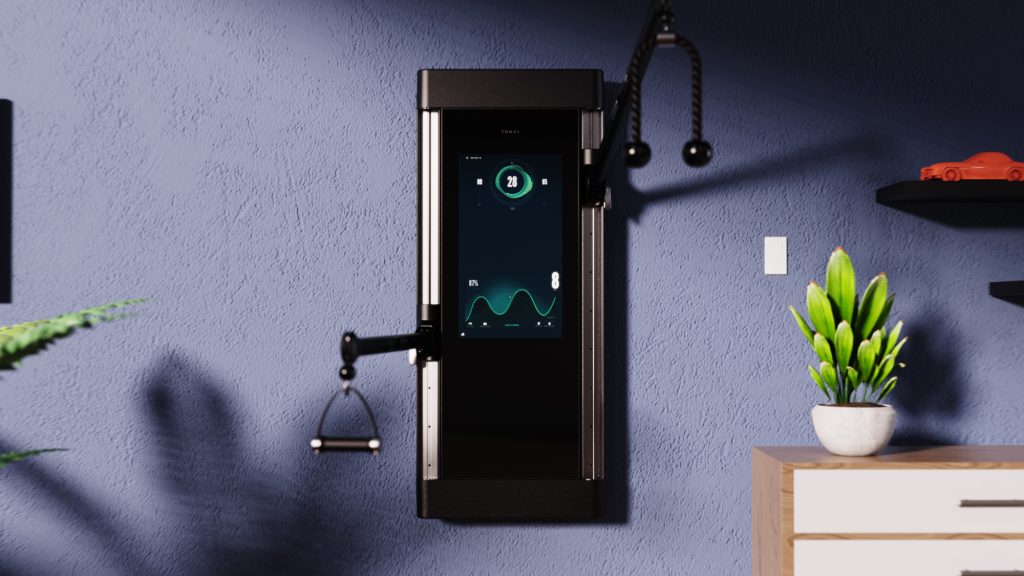
Tonal is a prime example of these considerations. Sleek and compact, it is a smart training device that uses an engine and AI to create weighted exercises and eschew bulky discs and barbells. Thanks to its WiFi connected flat screen display, it integrates more seamlessly into homes while also incorporating the technological ingenuity to recreate and optimize resistance-led workouts without the obtrusive look of traditional home gyms.

In many ways, the product encapsulates and is informed by the brand’s diverse work in various industries. As Harden explains, “I think it was inevitable that we were going to be working on something as breakthrough as Tonal, because we’ve done so many consumer electronics, a lot of medical products. And if you think about fitness, again, it’s these elements coming together. It also required smart engineering, and a lot of designers don’t think like an engineer.” But Harden, in the vein of architect and engineer Buckminster Fuller, embraces the dynamic between the two. As such, Tonal’s design goes above and beyond what’s typical for gym equipment and makes extremely complex engineering very easy to use (and affordable to produce).
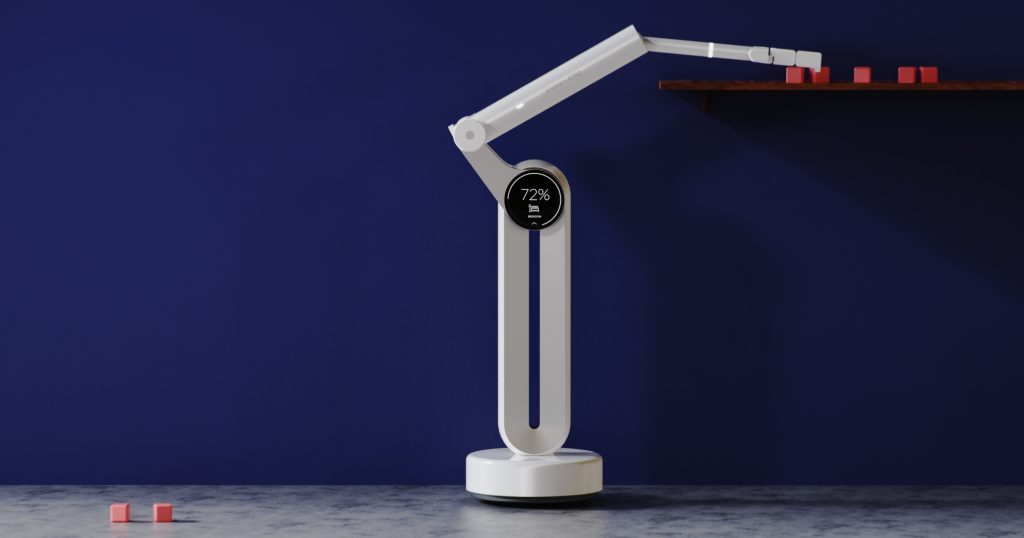
“We, as designers, have to be a lot more clever and even act more as an usher, where we allow the product and the technology to gently enter into your lifestyle,” describes the designer. “We’ve all had enough harshness of experiences of how technology has a rather rude presence in one’s life.”
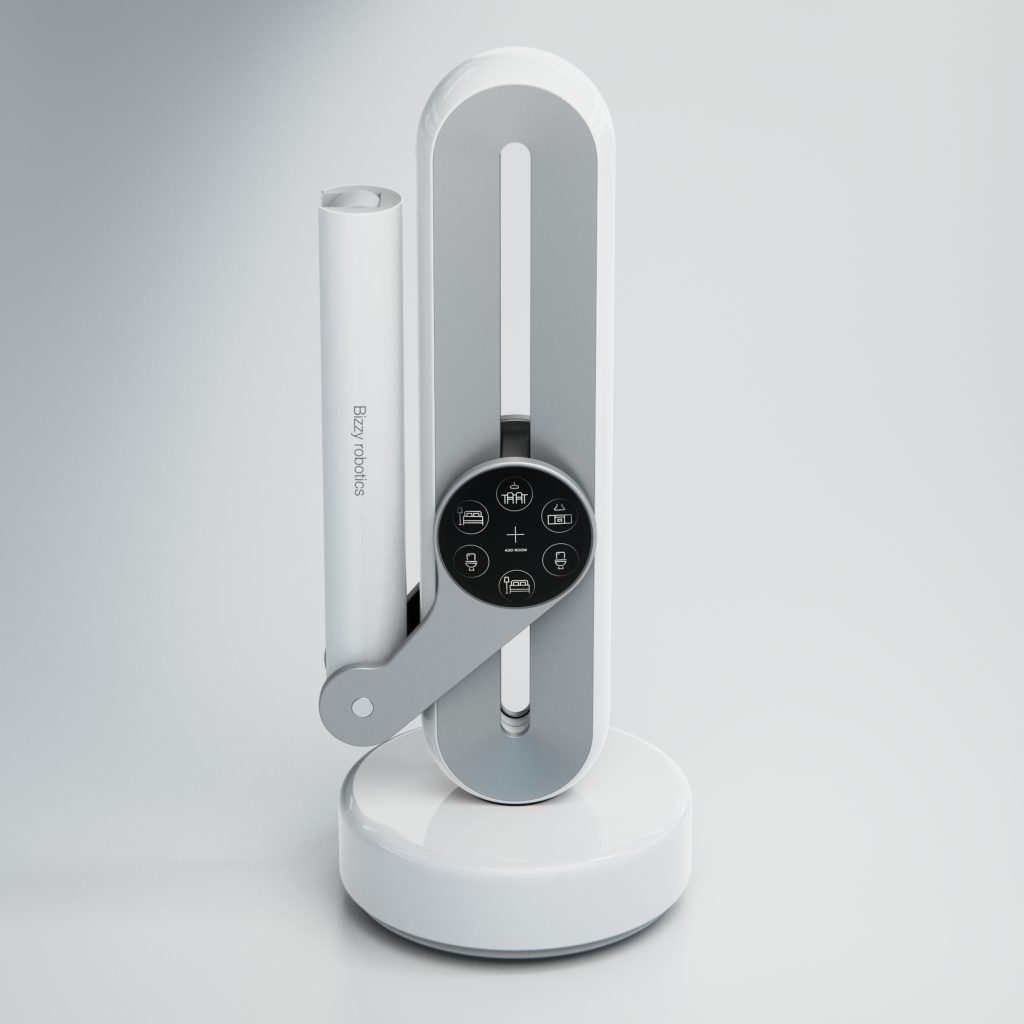
“Really good design, when you’re first exposed to it, becomes ambient to the overall experience”
For Harden, good design disappears. “The great disappearance act of design,” as he calls it, “is not that design is going away. It’s just that really good design, when you’re first exposed to it, becomes ambient to the overall experience. It should have this double-sided quality about it; it should sort of disappear and then as you extract yourself from the actual experience, it reappears and says, ‘Look, it’s a beautiful element in your life.'” A well designed task chair is one such example, as it enables getting lost in work and getting things done (which detracts from thinking about the structure of the chair).
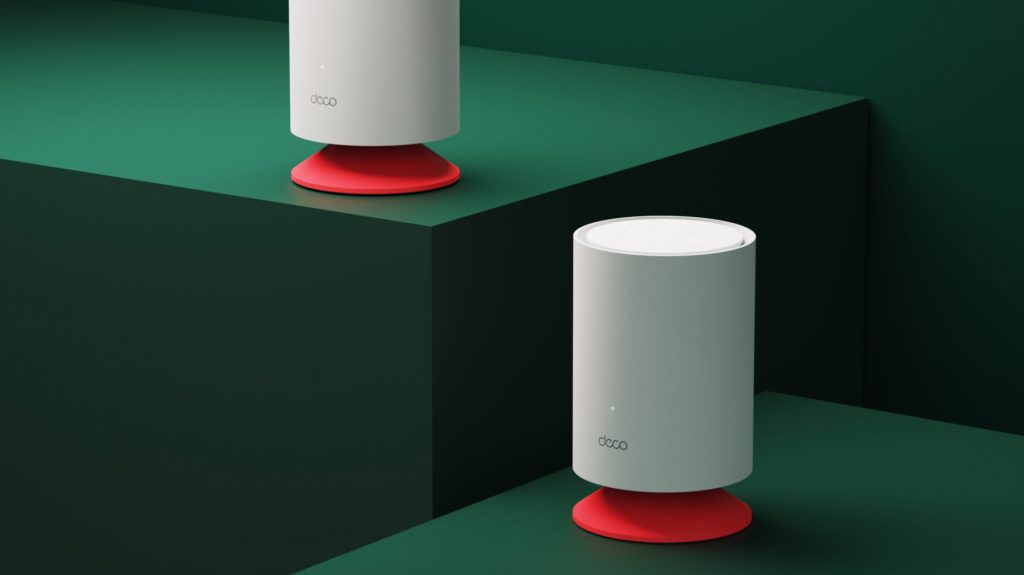
Recently, Whipsaw released the Skrolla Lounge Chair, which Harden also designed. Featuring a unique wooden curve and economical form, the comfortable chair is constructed from only six wood parts, including the seat and arm rest (which is comprised of a single scroll) and the back rest (which is crafted from 13 layers of plywood veneer). In addition to its unique shape, which beautifully reveals the elements and materials used in its creation, its manufacturing process is completely novel.

“To get that shape,” the founder tells us, “I had this idea of layering sheets of veneer with epoxy and then putting it inside a vacuum bag and pulling it around a form. The form sets in about 50 minutes and then it pops right off.” Once off, holes can be drilled into the seat to secure the legs, the backs of which are wider to carry the weight of the chair.

Already working on a completely different chair, Harden’s desire to design feels almost insatiable, and Whipsaw’s growing list of over 800 product designs clearly attests to this. Each of their new projects seem to do more than build out an already luminary oeuvre; rather, they reveal the underpinnings behind what makes design worthy. In hinting at his upcoming work, Harden tells us, “I like design that looks as if it should have always existed and all you did as a designer was be like an archaeologist. Because design is about discovering truths, and I’ll keep digging, digging, digging and digging.”
Hero image courtesy of Whipsaw

